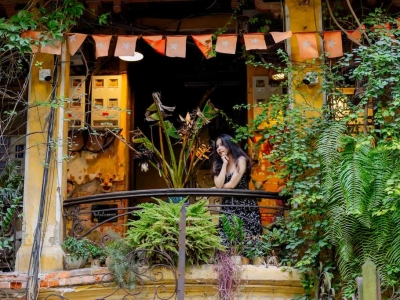Vietnam is located in Southeast Asia, specifically in the central part of the island country known as Vietnam proper. It is bordered by the Pacific Ocean to the west and the Gulf of Tonkin to the south, with Cambodia to the north and Laos to the east. The capital city of Vietnam is Ho Chi Minh City (also known as Hanoi), which serves as the economic and political center of the country.
The southern part of Vietnam consists of two provinces: Phu Quoc and Binh Dinh, while the northern part includes three provincial areas: Ha Long Bay, Cam Ranh Bay, and义安半岛. The country covers an area of approximately 324,790 square kilometers, with a population of over 95 million people.
Vietnam's geography varies greatly due to its geographical location, with mountains, rivers, and deserts forming a significant portion of the country's landscape. The country is divided into four geographic regions: North Central, North Eastern, Central, and South Central, each with distinct topography and climate patterns.
Vietnam has a rich history dating back thousands of years, influenced by various cultures, including Khmer, French, Japanese, and Chinese. Its economy is primarily based on agriculture, manufacturing, and service sectors, particularly in industries such as textiles, footwear, and electronics. Vietnam's strategic location and strong economic ties with other countries have made it an important regional player, playing a crucial role in the movement of goods, services, and people between Asia and Europe.
Overall, Vietnam is a fascinating country with diverse landscapes, rich culture, and historical heritage, making it a popular destination for travelers from around the world. |
 After two trips, I finally figured out where to take photos on the Han
556 Read
After two trips, I finally figured out where to take photos on the Han
556 Read
 Thien Phuoc Temple in Hanoi, 300 years old, ?suitable for lovers of ancient architecture
394 Read
Thien Phuoc Temple in Hanoi, 300 years old, ?suitable for lovers of ancient architecture
394 Read
 Enjoy a carefully crafted cocktail at USE BAR, Hanoi's most sophisticated bar
525 Read
Enjoy a carefully crafted cocktail at USE BAR, Hanoi's most sophisticated bar
525 Read
 More than just taking the cable car and drinking Vietnamese coffee! 12 things to do when traveling to Vietnam
286 Read
More than just taking the cable car and drinking Vietnamese coffee! 12 things to do when traveling to Vietnam
286 Read
 Android APP
Android APP IOS APP
IOS APP